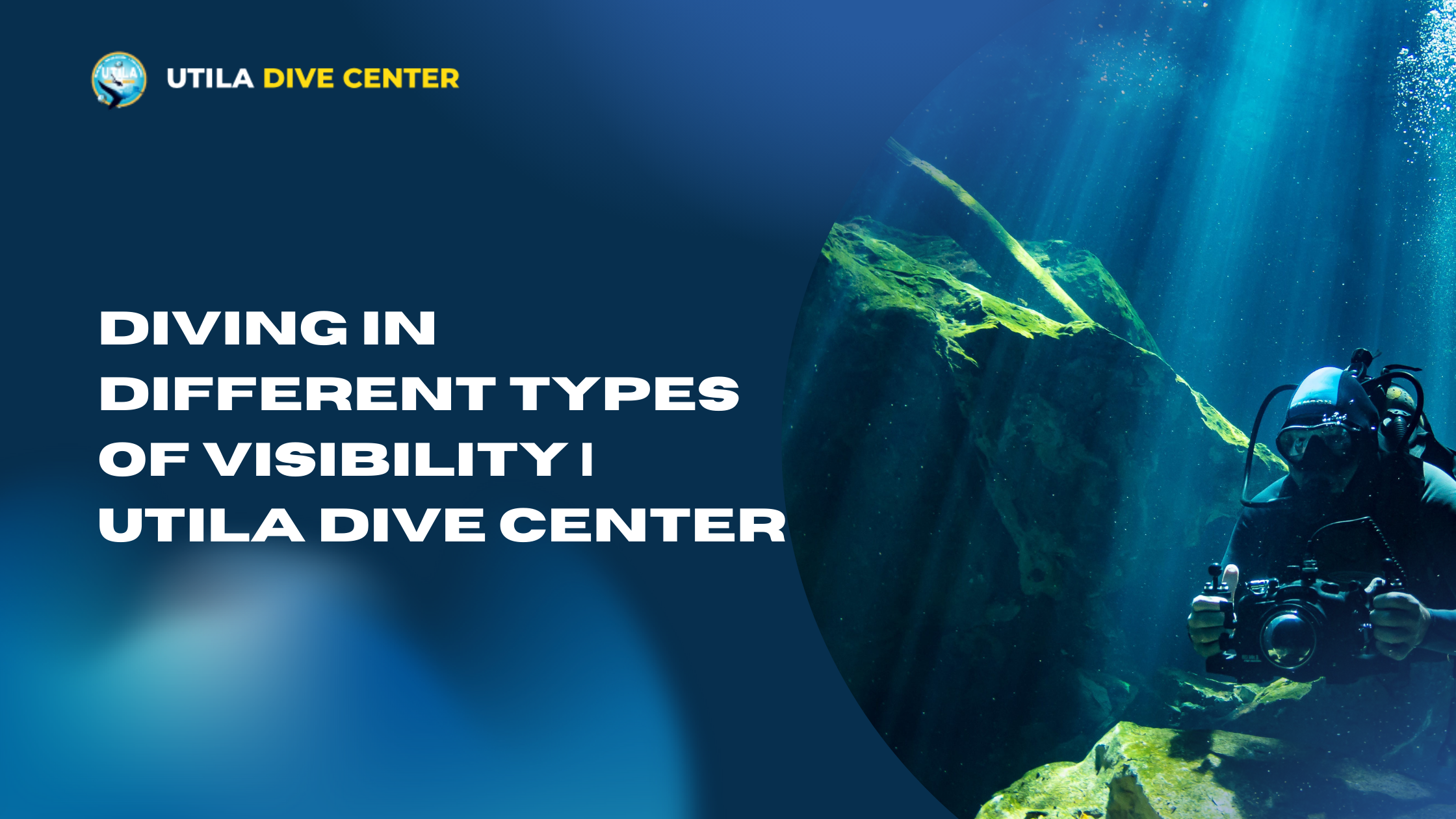
Diving in Different Types of Visibility | Utila Dive Center
Diving in Different Types of Visibility | Utila Dive Center
By: Manny Lagos | Date: 2025-02-18T08:44:38.421Z
Remember the first time you stuck your face in the water with a mask on and suddenly everything became crystal-clear? Amazing, wasn’t it? Well, diving visibility is kind of like that– except sometimes the ocean likes to throw us a curveball by making it a game of underwater hide-and-seek.
Underwater visibility is something that can actually take your diving experience from good to mind-blowing.
On Utila, we’re lucky to have amazing diving conditions with crystal-clear visibility that makes every dive feel unreal. But we know our guests and trainees also love to explore magnificent dive sites all around the world. That’s why we’ve come up with this handy guide to help you make the most of your dives, no matter the location.
So let’s get started and understand how it really works and why it is so important.
Importance of Understanding Visibility in Diving
Every diver has had those dream dives where there’s clear visibility as far as the eye can see. But what about those dives where the visibility is so low you can barely see your fins? Both types of dives have their own charm and learning how to enjoy them can make your diving experience even better.
When the water is clear, and the visibility is high, you get to see marine life in all its glory– vibrant colours, beautiful coral structures, and the playful movements of sea creatures. On the other side, low diving visibility adds an element of surprise and keeps you on your toes.
Diving visibility isn’t just about safety– it shapes your entire diving experience.
Classifying Visibility Levels
High Visibility Diving
Characteristics and Typical Locations
Just picture yourself floating in water so clear, you could see a fish 100 feet away! That's what high water visibility is all about. This kind of diving visibility extends beyond 100 feet. Kind of like swimming in an aquarium, except way better because it's real life.
Diving in high visibility is perfect for beginners, underwater photographers (people looking for those perfect Instagram shots), and anyone who wants to enjoy the Caribbean waters without any distractions. It’s also the best time to spot majestic creatures like whale sharks and manta rays gliding by.
High water visibility can often be found in tropical locations like Utila in the Caribbean, or exotic destinations like the Maldives.
Moderate Visibility Diving
Characteristics and Typical Locations
Let's talk about what we refer to as "regular awesome" days in Utila (because a day with even moderate visibility in Utila is pretty great). Moderate diving visibility usually ranges between 30 to 100 feet and strikes the perfect balance between beauty and challenge. You won’t be able to see as far as in those “high visibility” waters, but you’ll be able to spot some amazing macro creatures.
The moment light hits a tiny creature or hidden coral is simply magical. Moreover, diving in waters with moderate visibility is a great way to form a deeper connection with the underwater world.
Moderate underwater visibility can often be found in the Mediterranean waters or parts of Southeast Asia.
Low Visibility Diving
Characteristics and Typical Locations
Low visibility dives, which are typically anything less than 30 feet, might sound scary, but here's a secret: some of the most magnificent marine life actually prefers low diving visibility conditions.
Take Utila’s Blackish Point, for instance– these are waters that sometimes experience low diving visibility but radiate a special kind of energy. Diving here is all about getting up close and personal with the hidden wonders of the ocean and macro marine life such as candy crabs, nudibranchs, and more!
Sure, the underwater visibility might be limited, but that only adds to the thrill. Every dive feels like a new adventure.
You’ll often find these conditions in waters where there’s a lot of nutrients or sediment in the water.
Now what would you do if you lost sight of your diving buddy in low diving visibility? Would you stay calm or let panic set in?
Fret not– because Utila Dive Center has got you covered with some practical techniques for handling situations just like this with utmost ease and confidence.
Techniques for Diving in Low Visibility
Pre-Dive Planning and Communication
Planning for low visibility dives is like preparing for the most epic underwater adventure– you want everything mapped out to a tee to make it a success! Before you even dip your toe in the water, discuss the dive plan in detail with a buddy or group. Where are you entering and exiting from? What kind of conditions should you expect? What’s the maximum depth? Etc.
Having a solid plan in place not only keeps everyone on the same page but also helps you avoid any underwater mishaps.
P.S. Don’t forget to double-check or triple-check your dive gear.
Navigation Strategies
Your compass and natural navigation skills come in handy when the underwater world turns into a maze and you can’t see far. Pay special attention to landmarks such as certain rocks or coral formations and combine those with your compass and dive computer, and you’ll reach back safely, no matter how murky it gets.
Pro Tip: Don’t rush and overlook those subtle visual hints, they’ll help you stay on track.
Buddy System Importance
Floating away from your buddy is an absolute no in low visibility diving. Set a clear separation distance (shouldn’t be more than an arm’s length), and use light flashes or hand signals to stay close. This kind of teamwork makes sure you won’t get lost in the ocean.
Understanding Weather and Tidal Influences
The weather and tides can change the game in seconds and have a significant impact on your diving journey! Changing tides often pull in murky water from nearby areas and wind can stir up sediment like an underwater snow globe. That’s why it’s crucial to check the weather forecast and tide charts beforehand. Believe us, timing your dive according to the forecast can set you up for a much more enjoyable experience and save you from an underwater nightmare.
Conclusion
No matter what the visibility level is, every dive is an opportunity to connect with the ocean in ways that only a diver understands. From the crystal-clear waters of the Caribbean to the murky waters with low diving visibility, learning to dive in different conditions unlocks a whole new level of confidence.
At Utila Dive Center, we don't just teach you how to dive – we prepare you to handle anything the ocean throws at you (with ease, of course). Our team of experts has done it all, seen it all, and are ready to share their learnings with you.
So if you’re ready to learn to SCUBA dive, reach out to us today and let’s make your diving dreams come true!
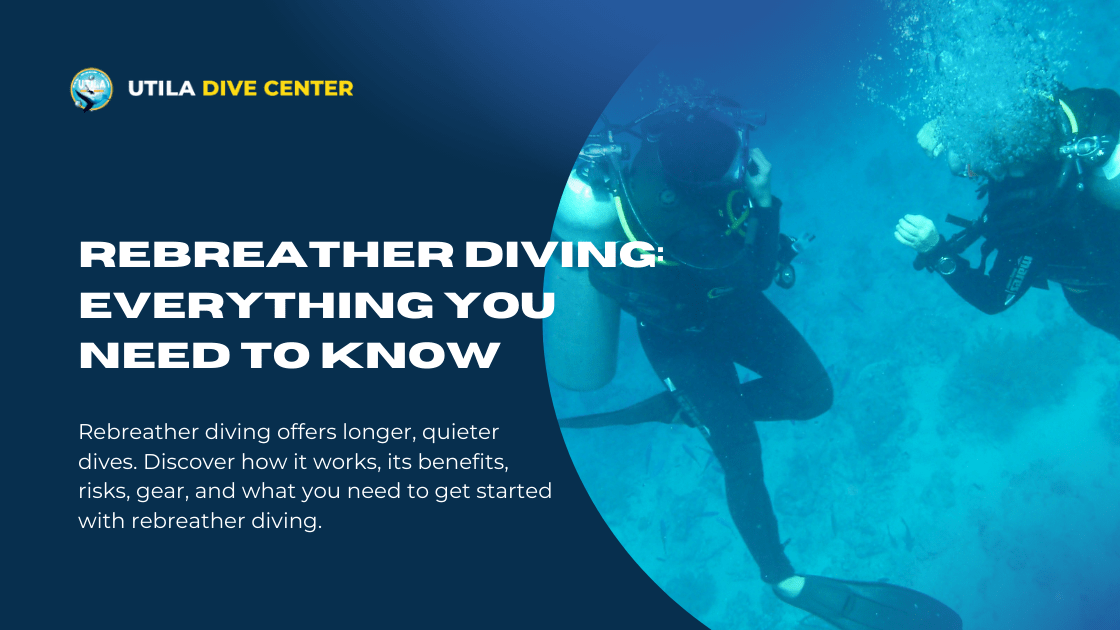
Rebreather Diving: Everything You Need to Know
Rebreather diving offers longer, quieter dives. Discover how it works, its benefits, risks, gear, and what you need to get started with rebreather diving.
Read more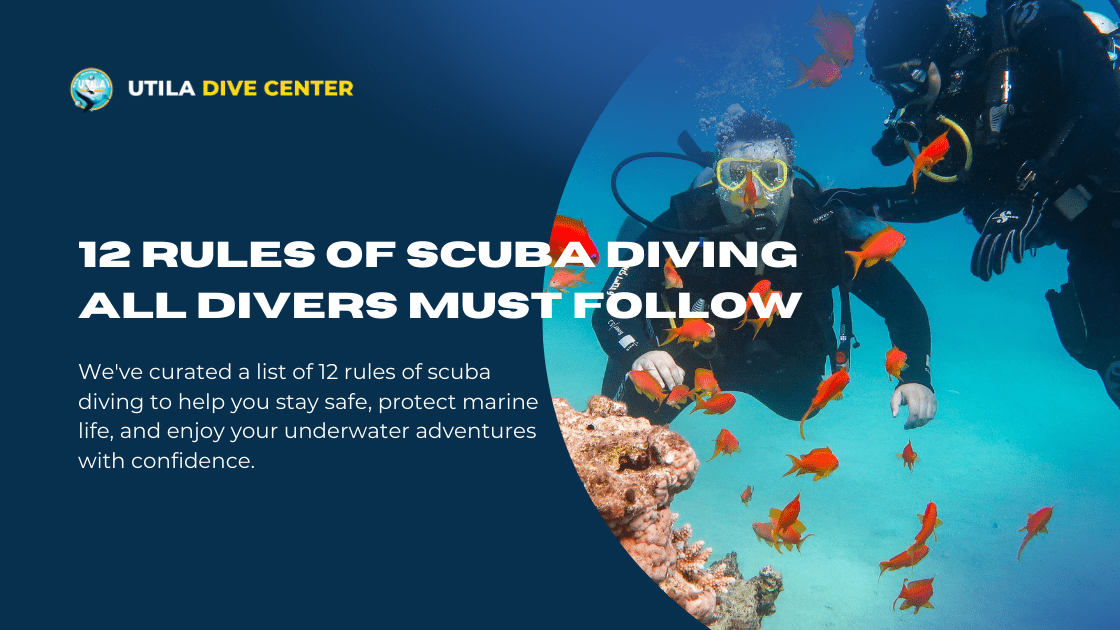
12 Rules of Scuba Diving All Divers Must Follow
We've curated a list of 12 rules of scuba diving to help you stay safe, protect marine life, and enjoy your underwater adventures with confidence.
Read more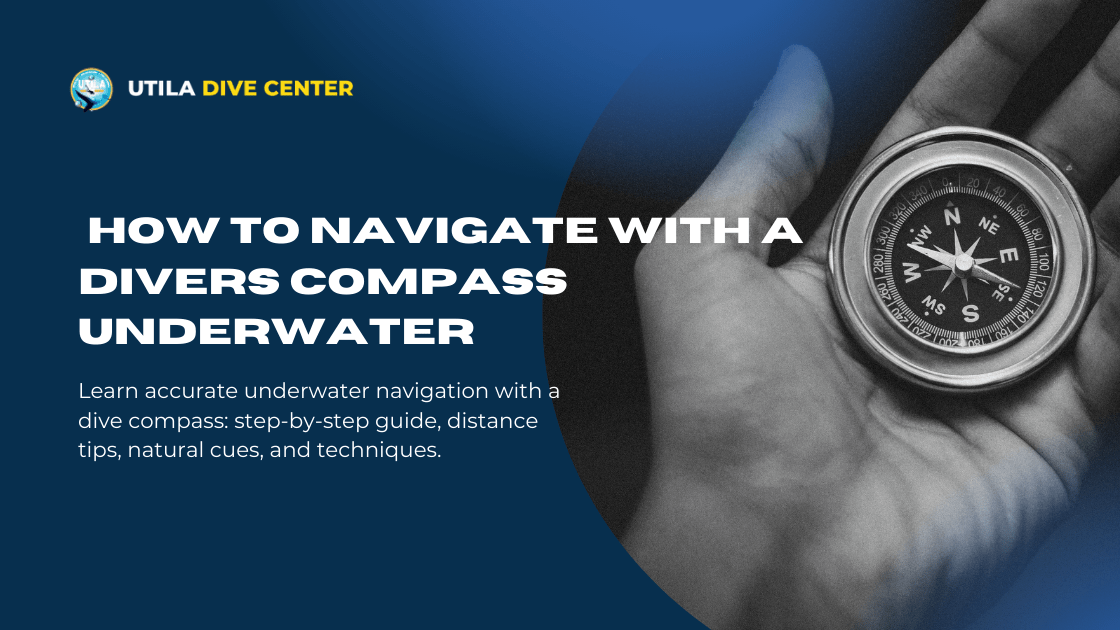
How to Navigate With a Divers Compass Underwater
Learn accurate underwater navigation with a dive compass: step-by-step guide, distance tips, natural cues, and techniques.
Read more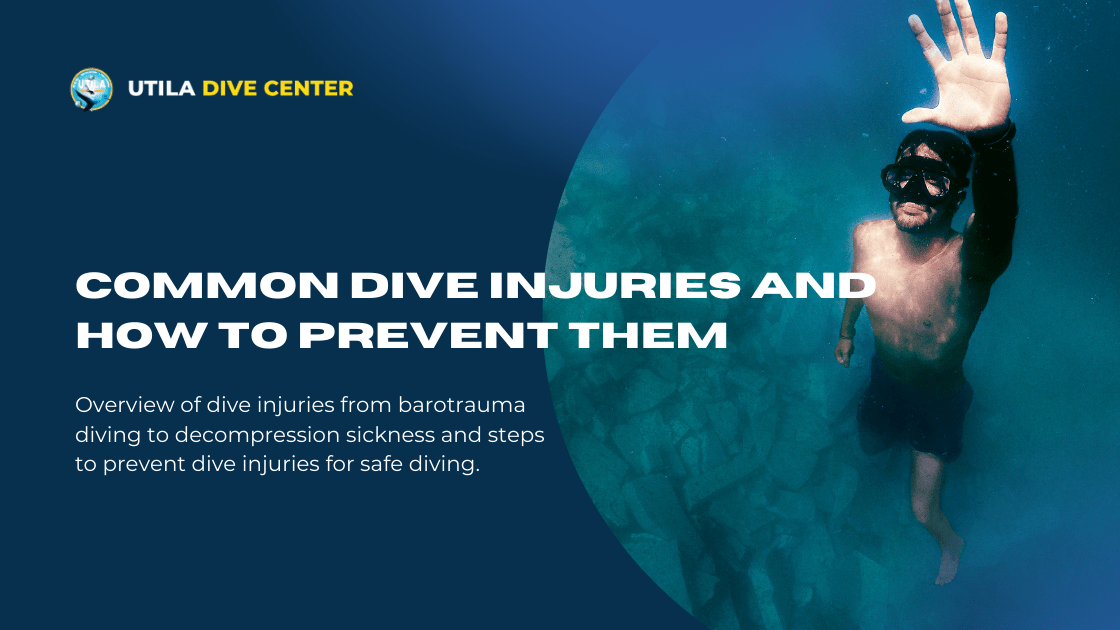
Common Dive Injuries and How to Prevent Them
Overview of dive injuries from barotrauma diving to decompression sickness and steps to prevent dive injuries for safe diving.
Read more